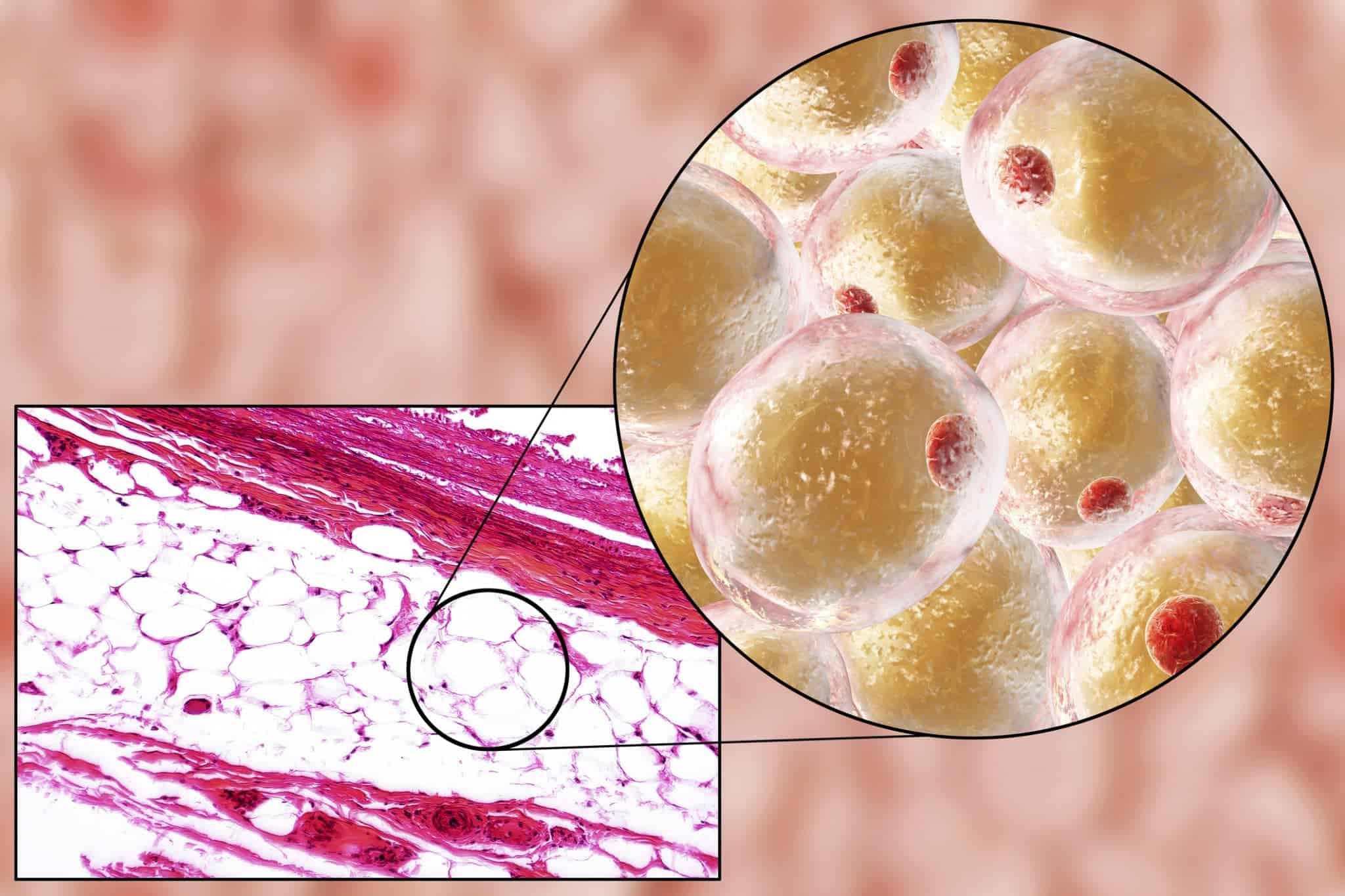More than just fat storage: adipose tissue is a complex endocrine organ
Traditionally, adipose tissue has been characterized as exclusively playing a role in insulation and energy storage. However, as excessive weight gain and obesity have become a world-wide problem, research now strongly supports the notion that adipose tissue itself is a complex organ.
Our fat stores play a role in numerous metabolic processes within the body including insulin and glucose homeostasis, reproduction, immunity and maintenance of other organs. This complex interaction occurs by direct innervation to and from the brain as well as by proteins released from adipose tissue. Cell signaling proteins released from adipose tissue that influence the function of other tissues are called adipokines and cytokines or adipocytokines. These factors are important for the maintenance of health. However, during obesity these same factors can dysregulate and cause harm. In order to understand how obesity leads to metabolic disease, the roles of distinct adipocytokines in tissue function need to be defined.

A group of researchers from Colorado State University has now published a review in Hormone Molecular Biology and Clinical Investigation which summarizes the relation of adipocytokines with glucose homeostasis and insulin signaling. The article places specific emphasis on the role of adipose tissue regulation in the pathophysiology of obesity and associated metabolic diseases such as type 2 diabetes.
Understanding the overall concept of how cell signaling factors contribute to the development, progression and perhaps resistance to metabolic disease is essential as it might open the door towards novel therapeutic approaches.
Read the original article here: